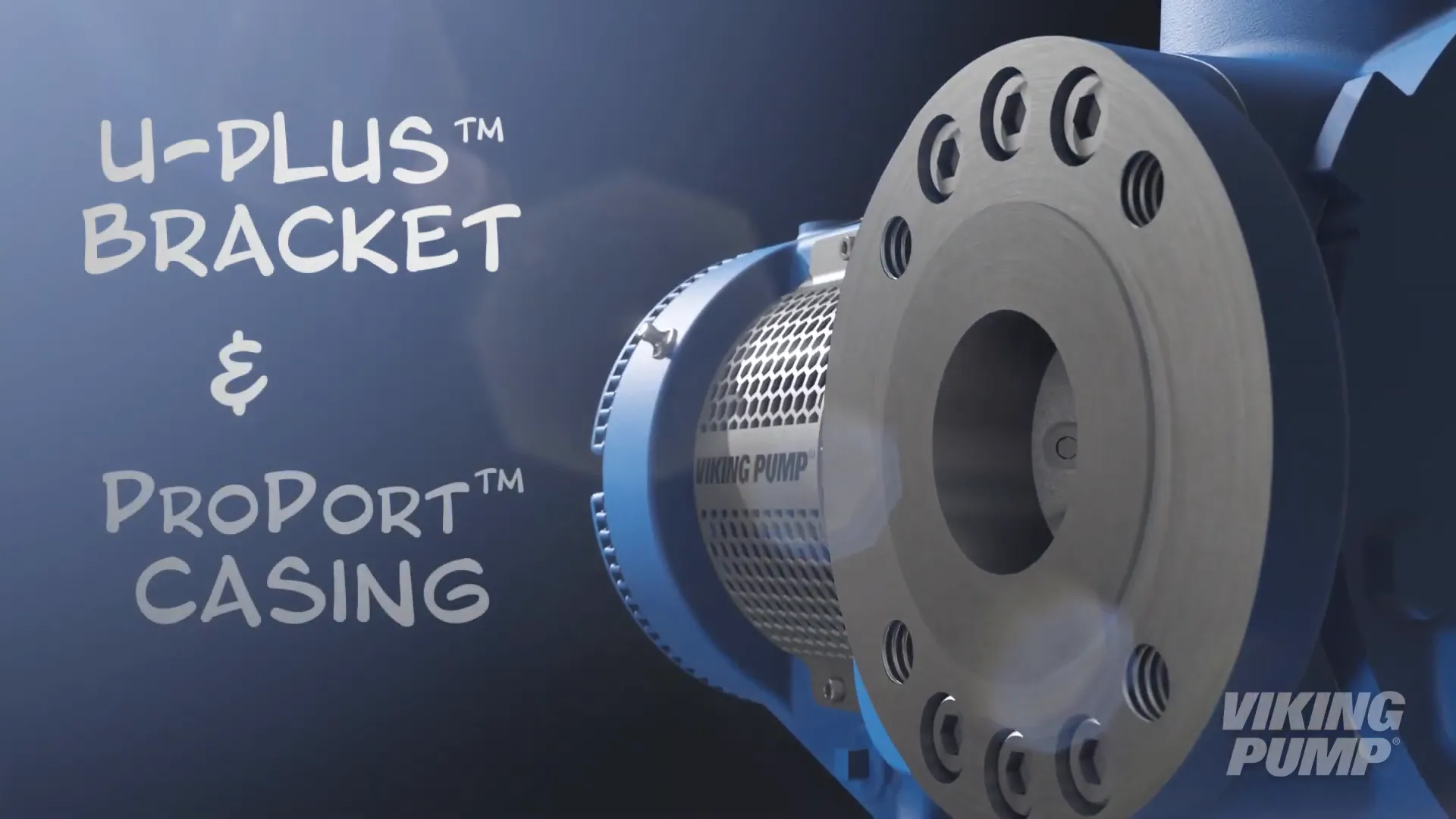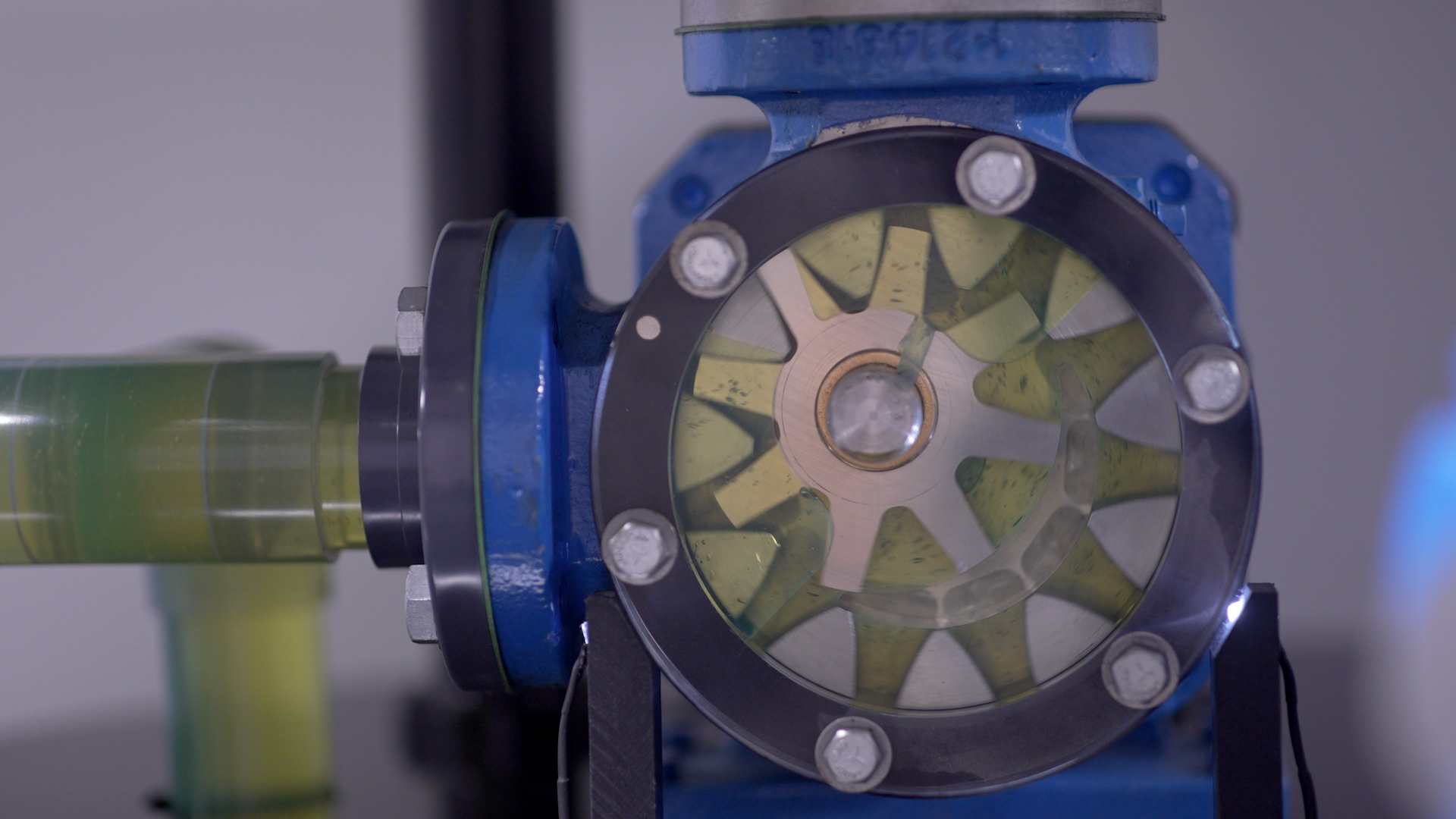How to replace o-rings in an O-Pro® Guard seal
To begin, bend up the tang of the lock washer. Place a brass or hardwood bar into the port opening to keep the pump from turning. Loosen and remove the locknut. Remove and discard the lock washer. Loosen the bearing housing set screws. Loosen and remove the bearing housing. Remove the bearing spacer collar. The collar may have come out the bearing housing. Remove the half round rings. Remove the stainless steel window guards from the bracket. Loosen the set screws on the seal sleeve to free the sleeve from the shaft. Loosen and remove the two nuts holding the seal gland to the pump.

